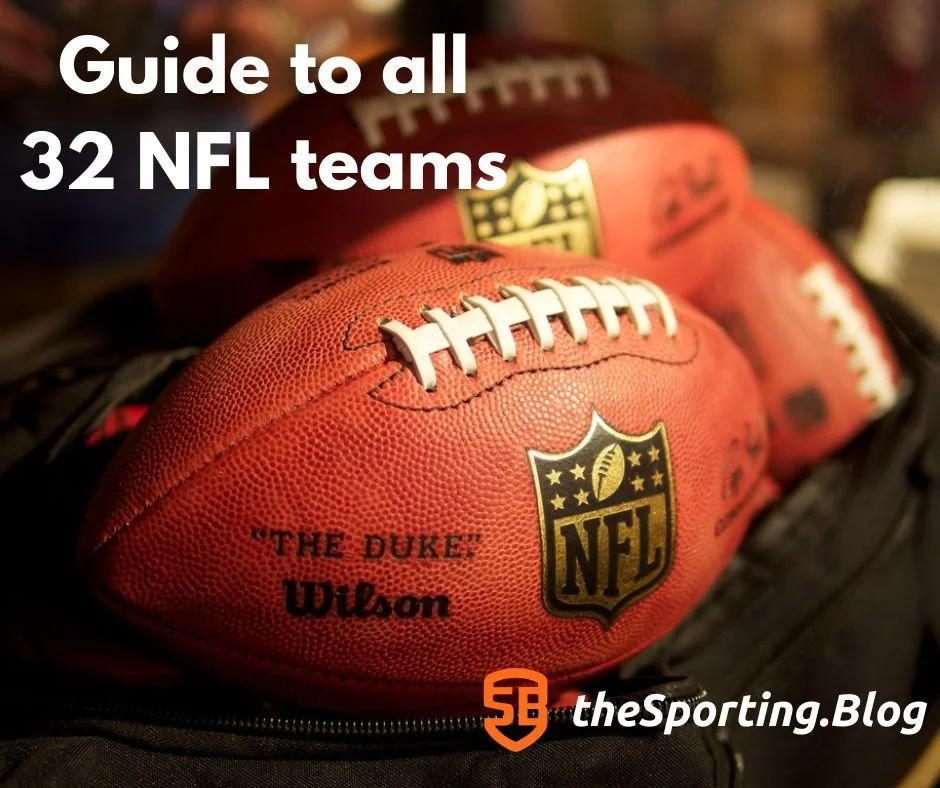Arena Football League Explained
Arena Football- origin, rules, and game regulations
Arena football is a type of inside gridiron football played by eight players.
The league is played indoors on a smaller field than US or British football, and it is tailored to accommodate the field area of a typical North American field hockey arena- allowing for a quick, higher-scoring sport that can be played on indoor arena surfaces.
Jim Foster, who is a senior head of the NFL and the United States Football Association, created and copyrighted the sport in 1981.
The trademark is owned by Gridiron Industries, which had an exclusive format until its project ended in 2007.
The Arena Football League (AFL) in action
History of Arena Football
Many prominent football associations have promoted the Arena Football League.
The Arena Football Association, which ran for 32 seasons from 1987 to 2008 and again from 2010 to 2019; arenafootball2, the AFL's former developing league, which ran for ten games of the season from 2000 to 2009; and the China Arena Football Association, which originated play in 2016 but is not explicitly associated with the AFL.
The Arena Football Association was the only organisation that played any version of the sport adapted for play and activities until the late 1990s.
Contending indoor American sports organisations can now employ the same size field and most other components of the game thanks to a clarification restricting the range of its trademark.
The Gaming Arena
Arena football, as the title suggests, is only played indoors in arenas that are normally constructed for basketball. Ice Hockey or figure skating squads.
The surface is the same width and length as a conventional NHL hockey arena (85ft by 200 ft). This is approximately 30% the size of a real American gridiron football field and 19% the size of a Canadian gridiron football pitch.
The rushing zone is 50 yards (46 m) long (as opposed to the NFL's 100 yards-long (91 metres) field). Each end zone is around 8 yards deep, 2 yards fewer than that of the regular 10 yards.
The end boundaries of the sport can be rectangular or circular, depending on the venue. A well-cushioned barrier runs down all the side-lines, and the area is covered with padding.
Team Players
There is a 21-man active roster, with eight players from every team. This doesn’t include the two Defensive Specialists, Offensive Specialists, Quarterback, and Kicker.
Playing the Game
The ball starts from the line of the goal. The squad with the ball is given four fumbles to achieve 10 yards or to get the score they desire.
Punting is forbidden due to the area covered by the playing field; however, a field goal that falls wide or stops flat may be retrieved.
In some versions of arena football, an exceptionally long field goal is equivalent to a punt. In college athletics, a receiver who leaps to block a shot only needs to get one foot down in order to call it a successful catch.
In practice, this implies that one foot must make contact with the ground before the first opposing player can shove the recipient into the posts.
Officials are literally given two objections every game, as with the NFL, and they must toss the red flag before the next play in order to complete them. They signal a timeout. If the action is kept the same, it is evaluated- nevertheless, in case the play is overturned, the timeout can be retained.
If a side scores two challenges in a row, they are given a third. In the penultimate half of regular and all extended periods, as well as on all penalty shots and turnovers, all objections are immediate.
Game Timing
A game consists of four quarters, with 15-minutes for each and a pause after halftime. However, Arena Football has a 30-minute interval.
If regulation concludes in a tie, teams are permitted a total of three timeouts in every half and two timeouts per overtime period.
If an injury happens with less than a half-minute remaining (in regulation or overtime) the team must utilise a timeout, and if the team does not have any timeouts, they are given an extra one.
The clock comes to a halt for out-of-bounds playwrights, imperfect passes, and sacks happening in the final half-minute of regulation or overtime.
In most games there is a half-minute notice, as compared to two minutes in the NFL or the notice of three-minutes which is given in the CFL, due to sanctions, concussions, or timeouts.


